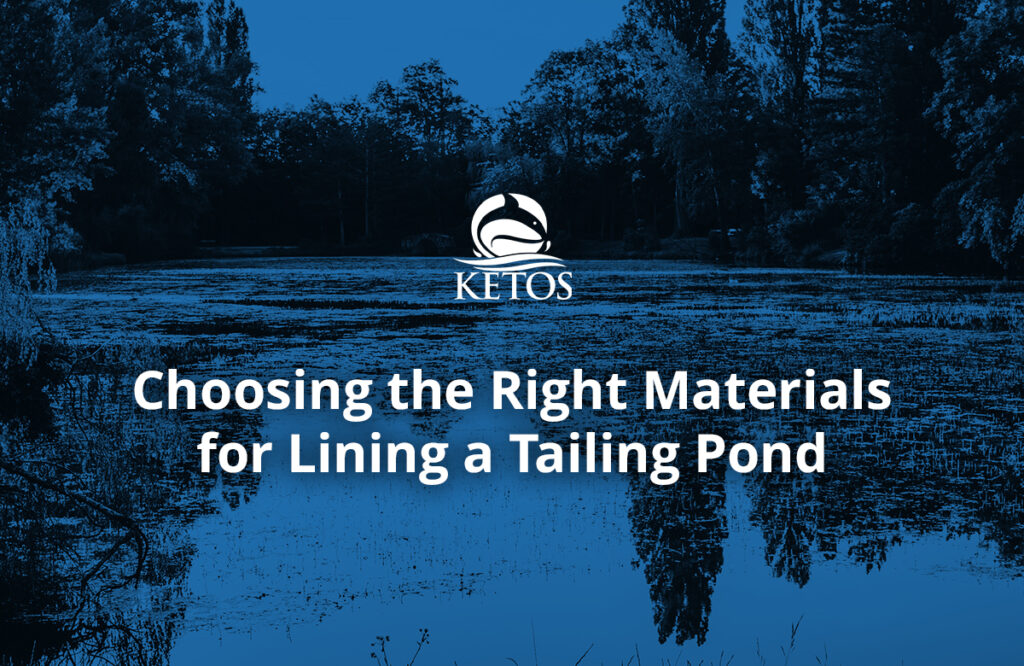New EPA water regulations are important for safeguarding public health and protecting the environment. These standards limit harmful contaminants in drinking water, reducing risks for communities, ecosystems, and wildlife. Industries, municipalities, and agriculture must comply with these regulations, both as a legal obligation and to support safety, public trust, and sustainability. Staying informed about these regulations is more important than ever, especially with recent EPA updates.
1. The Safe Drinking Water Act (SDWA)
Enacted in 1974, the Safe Drinking Water Act (SDWA) sets national standards to ensure safe public drinking water, with oversight by the EPA.
- The EPA manages SDWA standards covering natural and man-made contaminants in public water systems serving 25+ people or with 15+ service connections.
- While the EPA sets federal standards, different states can enforce them locally, creating regional variations.
- Public water systems and industries that discharge wastewater into the systems must comply with SDWA standards.
- Today, over 90% of U.S. customers receive water that meets health-based standards, largely due to SDWA regulations.
2. National Primary Drinking Water Regulations (NPDWR)
Under the SDWA, the National Primary Drinking Water Regulations (NPDWR) set enforceable standards for over 90 contaminants to ensure the safety of our drinking water.
- These regulations establish Maximum Contaminant Levels (MCLs) and treatment techniques for bacteria, viruses, and chemicals.
- Public water systems must regularly monitor and report water quality to the EPA, and have an immediate plan in place to remediate violations.
- The EPA also monitors emerging contaminants to address potential health risks proactively.
3. National Secondary Drinking Water Regulations (NSDWR)
The National Secondary Drinking Water Regulations (NSDWR) are non-mandatory guidelines for aesthetic qualities of water, such as taste, odor, and appearance.
- These guidelines set secondary maximum contaminant levels (SMCLs) for 15 substances, like iron and chloride, impacting taste and smell but not health.
- While not enforceable federally, states may adopt these standards. Public water systems must notify consumers if fluoride exceeds 2.0 mg/L.
4. Lead and Copper Rule (LCR) and 2024 Updates
The Lead and Copper Rule (LCR), introduced in 1991, aims to reduce lead and copper in drinking water through action levels and corrective requirements. The Lead and Copper Rule Improvements (LCRI) introduced several critical updates in 2024:
- The lead action level was lowered from 15 ppb to 10 ppb, with immediate action required if the level is exceeded.
- The removal of all lead service lines was mandated within ten years to prevent contamination.
- Enhanced sampling protocols for accurate lead measurements were outlined.
- Compliance with these new regulations is required by November 1, 2027, with funding support from the Bipartisan Infrastructure Law.
5. 2024 PFAS Regulations
Per- and polyfluoroalkyl substances (PFAS) are synthetic chemicals used in various industrial and consumer products, that are known to remain in the environment for an indefinite length of time. Due to health risks, including cancer and developmental issues, the EPA introduced new regulations in 2024 to limit PFAS in drinking water.
- On April 10, 2024, the EPA set Maximum Contaminant Levels (MCLs) for six PFAS compounds, including PFOA and PFOS.
- Public water systems must conduct initial PFAS monitoring by 2027. If levels exceed MCLs, remediation must be implemented by 2029.
- Starting in 2027, public water systems must report PFAS levels to the public, with MCL violations disclosed from 2029 onward.
6. Contaminant Candidate List (CCL)
The Contaminant Candidate List (CCL) is updated every five years under the SDWA to identify unregulated contaminants that may need future regulation based on health risks and presence in public water systems.
- The CCL lists unregulated contaminants likely to occur in drinking water, helping the EPA assis ruling requires the EPA to review at least five contaminants from each list within five years to decide on regulation.
- The latest CCL (2022) includes 66 chemicals, three chemical groups (such as PFAS and cyanotoxins), and 12 microbial contaminants.
7. Bottled Water Regulations
In the U.S., bottled water is regulated by the Food and Drug Administration (FDA), which requires manufacturers to ensure the safety and quality of bottled water. These regulations must be at least as stringent as the EPA’s for public water systems, covering:
- Standards of Identity: Defines types of bottled water (e.g., spring, mineral) and labeling requirements.
- Standards of Quality: The FDA regulates over 90 contaminants in bottled water, aligning most standards with the EPA’s limits for tap water.
8. Water Quality Reports and Consumer Confidence
Public water utilities provide an annual Consumer Confidence Report (CCR) to promote transparency and trust by informing consumers about their drinking water quality.
- Reports detail water sources, detected contaminants, and levels compared to EPA standards.
- Any health-based violations are included along with educational information on potential health risks.
The KETOS Solution for Meeting New EPA Water Regulations
KETOS offers a comprehensive water quality monitoring solution designed to help businesses stay compliant with new EPA water regulations effortlessly. The KETOS SHIELD platform provides real-time, lab-accurate monitoring of over 30 key water quality parameters, supporting compliance for industrial, agricultural, and municipal sectors.
- Serves industries including agriculture, municipalities, energy, and industrial sectors like mining, manufacturing, automotive, and food production.
- Monitors contaminants such as lead, copper, TDS, manganese, mercury, arsenic, nitrates, and pH, minimizing the need for manual sampling.
- Combines IoT technology with cloud storage, predictive analytics, and customizable alerts for proactive water management.
- Provides automated reports to streamline compliance without requiring specialized data expertise.
- Integrates with existing SCADA systems, supporting a unified approach to data monitoring aligned with EPA and state regulations.
Interested in how KETOS can help you meet the new EPA water regulations? Contact us or request a demo of the KETOS SHIELD platform today!










